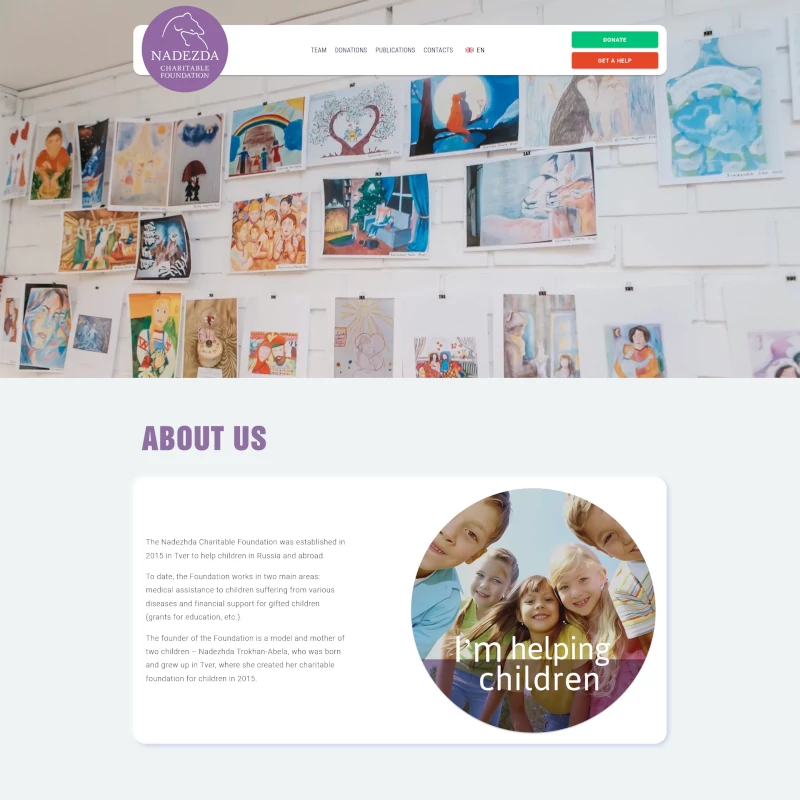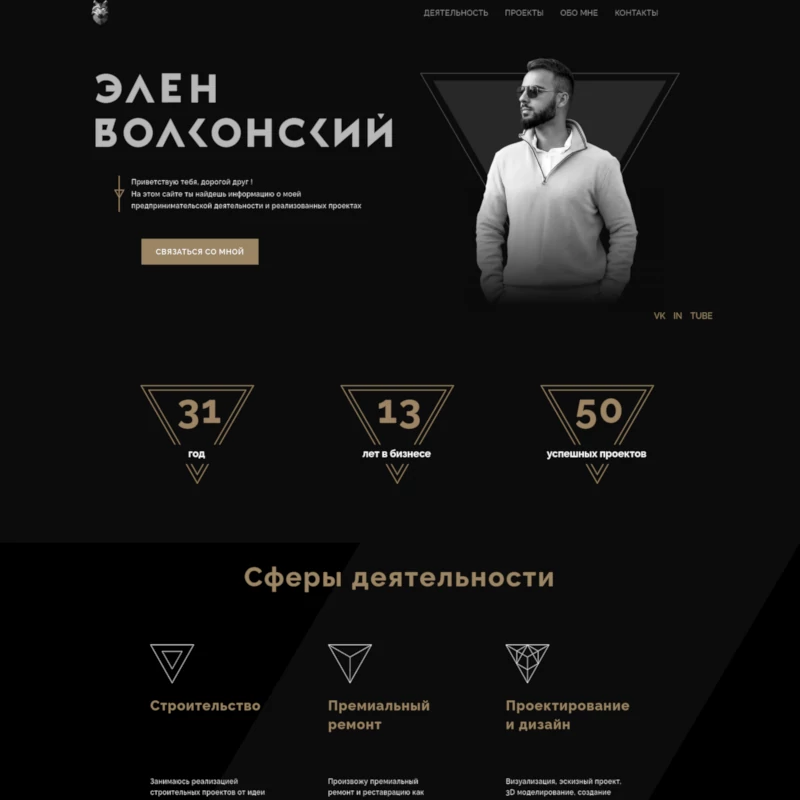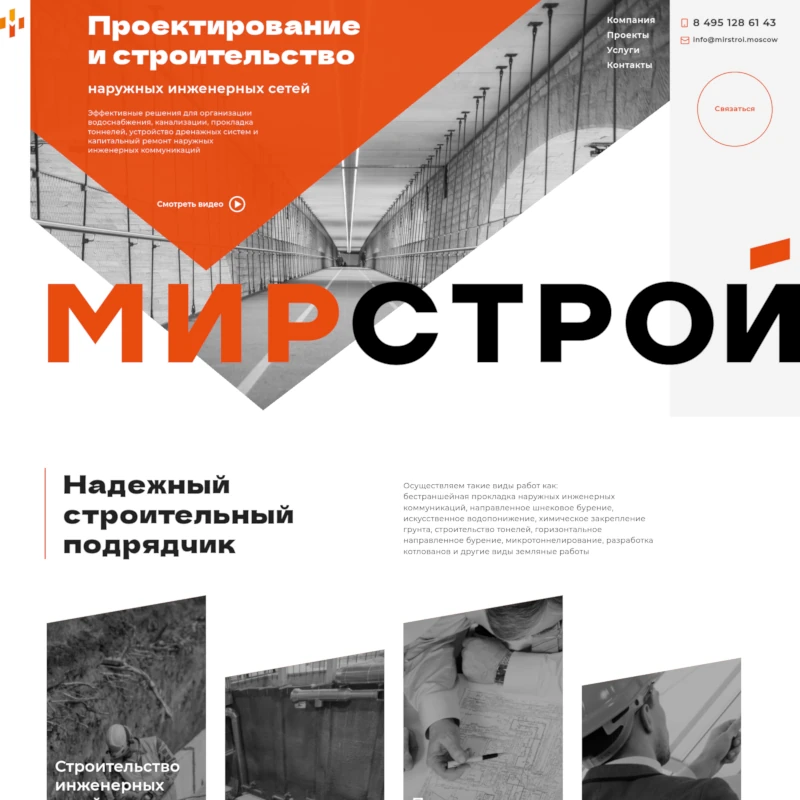With the introduction of the WordPress Gutenberg Block editor, the concept of block-based themes has revolutionized the way websites are designed and developed. WordPress block theme development offers a flexible and modular approach to creating visually stunning and highly customizable websites. In this article, we will dive into the world of WordPress block theme development, discussing its benefits, key components, and the steps involved in building a block-based theme.
The Rise of WordPress Block Themes
WordPress Block Themes leverage the power of the Gutenberg editor, allowing developers and users to create engaging websites by combining different blocks. These blocks serve as building blocks, each with its own functionality and design elements, enabling easy customization and layout creation without the need for complex coding or reliance on pre-built themes.
Benefits of Block Theme Development
Customization: Block-based themes provide extensive customization options, allowing developers to create unique designs tailored to specific project requirements.
User-Friendly Editing: Clients and end-users can easily edit and update their website content using the intuitive Gutenberg block editor, without the need for technical expertise.
Flexibility and Reusability: Blocks can be reused across different pages, making it easier to maintain consistency and streamline the development process.
Responsive Design: Block-based themes inherently promote responsive design, ensuring that websites adapt seamlessly to various screen sizes and devices.
Future Compatibility: As WordPress continues to evolve, block-based themes are well-positioned to take advantage of new features and enhancements introduced in future updates.
Key Components of a Block-Based Theme
Block Templates: These templates define the overall structure and layout of a page or post by specifying the arrangement and combination of different blocks.
Custom Blocks: Developers can create custom blocks with unique functionality and design elements, expanding the possibilities of what can be achieved with the theme.
Theme Styles: Stylesheets and CSS play a vital role in defining the visual aspects of a block-based theme, ensuring consistent branding and design across the website.
Steps to Build a Block-Based Theme
Define Project Goals: Clearly outline the project goals, target audience, and desired functionality to establish a solid foundation for the development process.
Plan Block Layouts: Sketch out the desired block layouts for different sections of the website, considering factors such as header, footer, sidebar, and content areas.
Develop Block Templates: Create block templates using the WordPress template hierarchy, defining the structure and composition of various pages and posts.
Build Custom Blocks: Develop custom blocks using the WordPress Block Editor API or block development frameworks like Create Guten Block or ACF Blocks.
Implement Theme Styles: Apply styles and CSS to ensure visual consistency, typography, colors, and responsiveness across the website.
Test and Iterate: Thoroughly test the theme, ensuring compatibility across different browsers, devices, and screen sizes. Iterate and refine as necessary.
WordPress block theme development offers an exciting and flexible approach to building visually stunning and highly customizable websites. With its benefits of customization, user-friendly editing, flexibility, and future compatibility, block-based themes are poised to shape the future of WordPress website development. By understanding the key components and following the steps involved in building a block-based theme, developers can unlock the full potential of WordPress and create exceptional websites that meet the unique needs of their clients and users.




